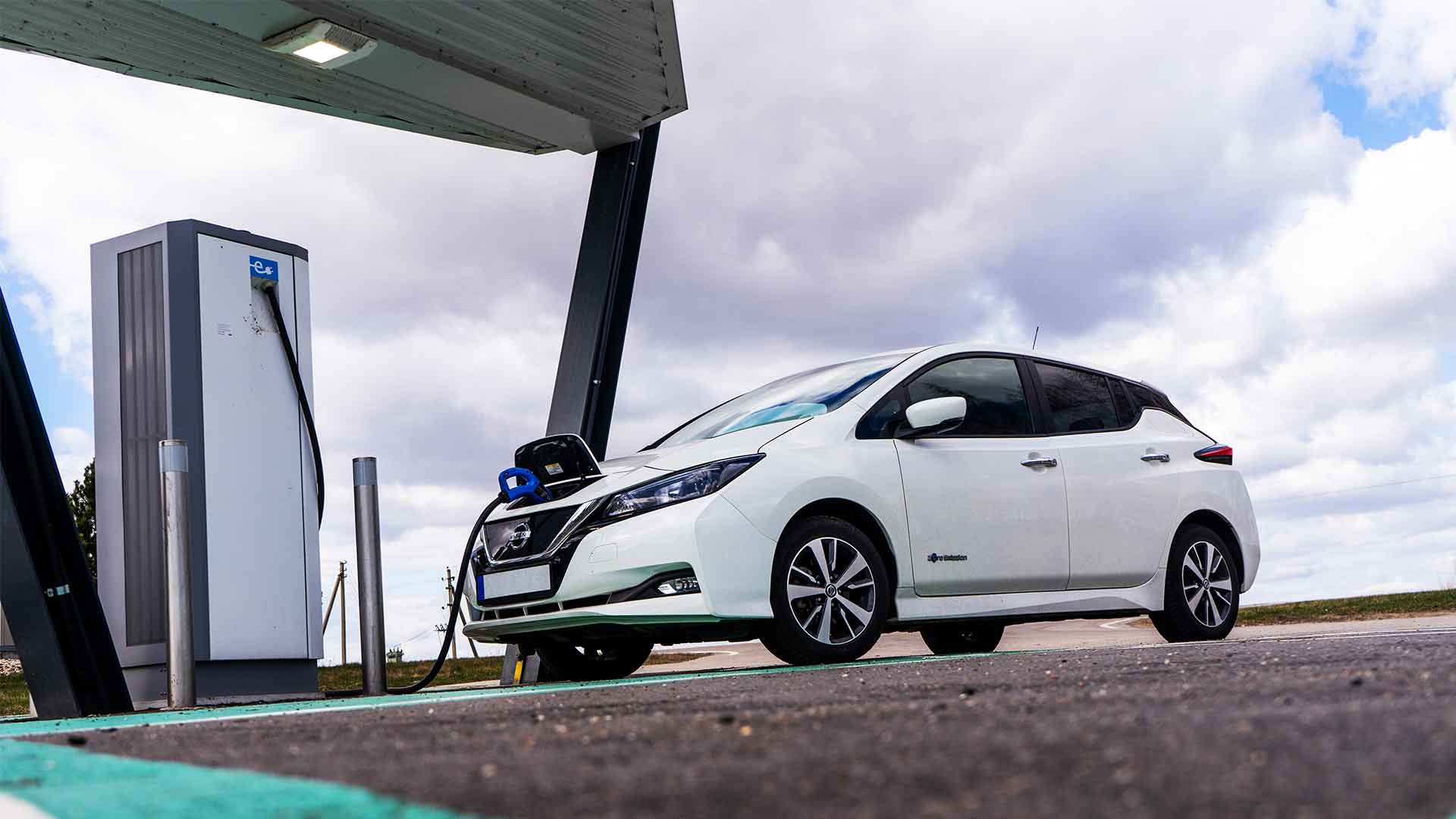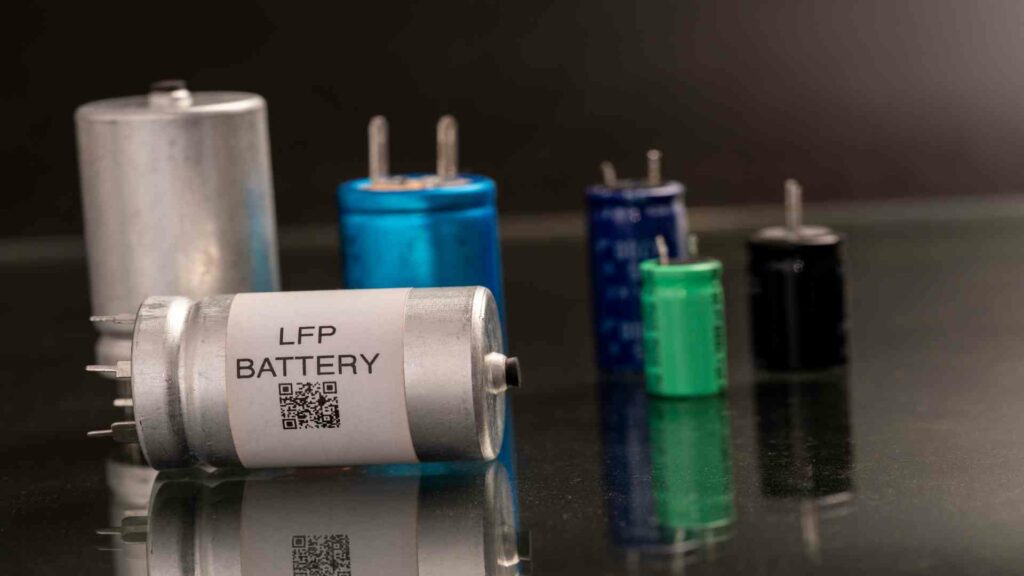Nissan’s Breakthrough ADVANCED ENERGY EV Technologies
Nissan is currently the only automaker with a complete lineup of electric vehicles, including full-electric cars, plug-in hybrids, and zero-emission light commercial vehicles. The company’s goal is to be an industry leader in advanced energy and zero-emission mobility by 2030.
AS a leader in developing new battery technologies to improve efficiency and power for their lineup of vehicles, use of rare earth metals and near rare earth metals such as boron and lithium is at the heart of the battery power program.
But batteries have a limited lifespan. Once it comes to recycling, there is too much waste. Nissan is tackling this problem with Waseda University to produce breakthrough innovations in Electric Vehicles technology.
By combining Nissan’s expertise in vehicle design with Japan’s leading centre for research into efficient use of advanced energy motors – of which Boron is a key ingredient – and developing motor-magnet recycling, the aim is to improve efficiency at both the supply side and the recycling side. These new technologies could lead to more sustainable cities while supporting global efforts against climate change.

Electric Vehicles
Electric vehicles are an emerging technology that is transforming the way we think about transportation. They offer a cleaner, more efficient, and less expensive alternative than gasoline-powered cars. Electric vehicles produce zero tailpipe emissions and have lower operating costs than gas-powered cars, both of which benefit the environment. Electric vehicles have advantages over traditional gas-powered cars.
We have recently seen a dramatic increase in electric vehicles sales. With major automakers investing billions of dollars into this new technology, it is clear that the future is electric.
Why electric vehicles?
The next generation – millennials, Generation Z – have grown up with a different world view than past generations whose access to news and media has shaped their world view on better protection of the environment and a more responsible attitude to emissions.
Younger generations are more willing to make sacrifices today for future benefits tomorrow. This may cause less attachment to material goods like cars or homes as previous generations. These changes in attitudes are a strong driver for sustainable transportation solutions. Electric vehicles and car-sharing programs like Car-Share or Mobility as a Service (MAAS) are examples of these changing consumer preferences.
Key Materials needed for BATTERIES
Batteries need expensive rare earth metals and near earth minerals like neodymium and dysprosium, lithium and boron to function effectively. This means that the prices of these metals will likely increase as demand increases for electric cars, making them less affordable unless auto manufacturers can find innovative solutions to reduce costs through advanced energy solutions.
In terms of battery efficiency, many are excited by research which points to Boron being a leading metal to supply better power supply. Researchers at Rice University are excited about a carbon/boron compound in which a quarter of the carbon atoms are replaced by boron as a way to activate graphene’s ability to store lithium. Boron attracts lithium ions into the matrix, but not so strongly that they can’t be pulled away from a carbon/boron anode by a more attractive cathode.
“Having boron in the lattice gives very nice binding, so the capacity is good enough, two times larger than graphite,” the most commonly used electrode in commercial lithium-ion batteries, he said. “At the same time, the voltage is also right.”
Yakobson and Rice graduate student Yuanyue Liu, first author of the paper, calculated that a fully lithiated sheet of two-dimensional graphene/boron would have a capacity of 714 milliamp hours per gram. That translates to an energy density of 2,120 watt-hours per kilogram, far greater than graphite, when paired with a commercial lithium cobalt oxide cathode. They also determined the material would not radically expand or contract as it charges and discharges.
Recycling Strategies
At the same time, Nissan is testing a new process that would recycle the magnets in electric motors once they reach the end of their lifecycle. This recycling process could potentially reduce costs and decrease the amount of rare-earth metals necessary for future vehicle models. The company believes this breakthrough is also an important step towards making electric cars more affordable to consumers.
To tackle this problem, Nissan and Waseda University in Tokyo have joined hands. They are working together on this project since 2017. Quite recently, the collaborators announced that they are starting the testing of a recycling process. The test aims to recover high-purity, rare-earth compounds from electric vehicle motor magnets.
When it comes to recycling old bateries, the team heats up a used motor to approximately 2,552F (1,400C). The motor melts down and then iron oxide is mixed to oxidize the rare-earth elements (REEs). In the next step, the borate-based flux of a small quantity is added to the molten mixture to dissolve rare-earth oxides. With this process, Nissan can efficiently recover Rare Earth Elements.
The molten mixture is then separated into two layers of liquid. Slag is the molten oxide layer where Rare Earth Elements float to the top while the iron-carbon layer with a higher density sinks to the bottom.
Rare Earth Elements are recovered from the slag immediately. With this new approach of recycling motor magnets, Nissan can recover 98% of the Rare Earth Elements. The recovery process is less than 50% in existing methods. The auto company believes it is because it can avoid demagnetization, removal, and taking apart the magnets.
NEXT STEPS
Future Electric vehicles are going to play in the advanced energy area by being more efficient with better combinations of materials like carbon and boron. At the same time, the new recycling process by Nissan and Waseda University Tokyo will reduce waste. Nissan has said it will continue testing out different methods until it can develop an implementation plan for widespread use at its manufacturing plants around the world.
The intent is to move completely to electric vehicles by 2030. Nissan wants to make electric cars cheaper and more environmentally friendly. With this new development, we can expect to see cleaner air and less toxic waste from vehicle manufacturing processes around the world.





